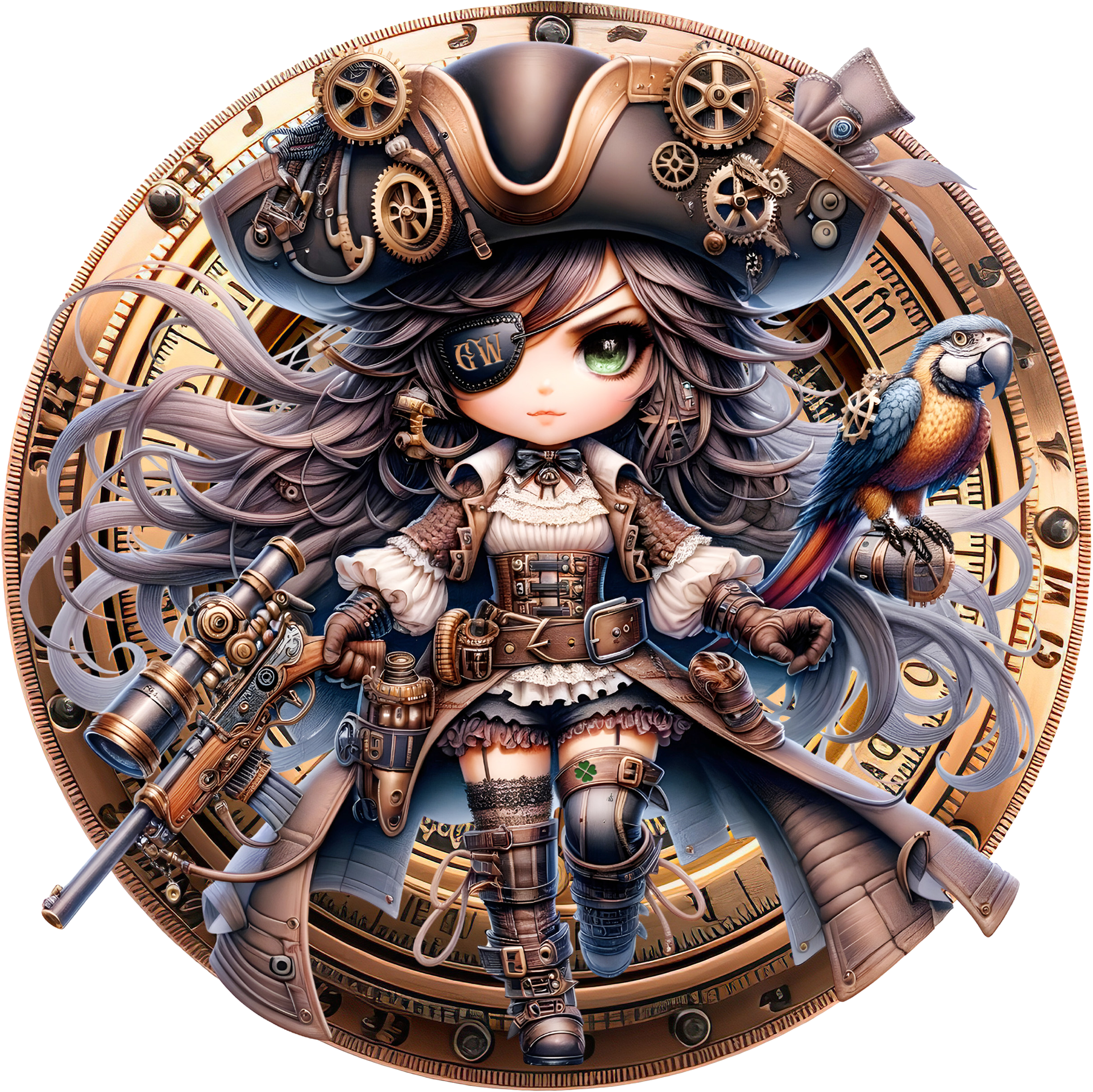Glitter is made through a manufacturing process that involves cutting or grinding sheets of material into small, shiny particles. Here's a simplified explanation of how glitter is typically made:
1. Base Material Selection: The first step in making glitter is selecting the base material. The choice of material can vary, including polyester, metalized polyester, plastic, or even natural materials like mica or glass.
2. Sheet Production: The selected base material is transformed into thin sheets. This can be done using various methods, such as extrusion or rolling. The thickness of the sheets determines the size of the glitter particles.
3. Coating Application: To give the glitter its characteristic shine and color, a thin layer of reflective material or coating is applied to one side of the sheets. The coating is typically made of a metalized or colored film, such as aluminum or a pigmented material.
4. Cutting or Grinding: The coated sheets are then processed to create glitter particles. There are two common methods used:
- Cutting: In the cutting method, the sheets are passed through cutting machines equipped with sharp blades. These blades slice the sheets into small pieces, resulting in glitter particles of various shapes, such as hexagons or squares.
- Grinding: In the grinding method, the sheets are fed into grinding machines. The sheets are shredded or ground into small particles, creating irregularly shaped glitter.
5. Sizing and Sorting: After the cutting or grinding process, the glitter particles may go through a sizing and sorting step. This step helps separate the glitter particles into different size ranges to achieve consistency in particle size.
6. Additional Treatments: Depending on the desired effects, the glitter particles may undergo additional treatments. These can include applying coatings for extra shine, adding colorants or dyes for specific hues, or applying special finishes like holographic or iridescent coatings.
7. Packaging: The final step in the glitter manufacturing process is packaging the glitter particles into containers or packaging formats suitable for sale and distribution. This can include bottles, jars, bags, or tubes, depending on the intended use and market.
It's important to note that the manufacturing process may vary depending on the type of glitter being produced and the specific manufacturer. Different companies may employ variations or proprietary techniques to create their unique glitter products.
The process outlined above provides a general overview of how glitter is made, but the specific details and techniques used can vary in practice.
